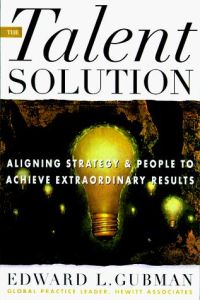
The Talent Solution
Aligning Strategy and People to Achieve Extraordinary Results
Read or listen offline
Recommendation
Your strategic planning must incorporate the people who work for you, says author Edward L. Gubman in a book that gets high marks for its easy, bullet-point organization, but scores in the middle of the curve in terms of originality. Grubman preaches that you must create a strategic alliance between your company’s mission and competencies and the people who work there. Then he describes how to motivate and involve people, and finally how to assess their performance. He uses research examples and starts each chapter with a bullet-point summary of key information. The book includes questions to ask yourself, and many useful charts and summary lists. However, the theoretical discussion of how to engage and reward employees seems oddly dry and analytical for a how-to guide on motivating people. The areas of job matching, motivation, and assessment have been covered in many other books, but getAbstract recommends Gubman’s authoritative approach to these topics.
Take-Aways
About the Author
Edward L. Gubman, Ph.D., is leads Hewitt Associates’ Organizational Effectiveness consulting practice. Hewitt Associates is a global management consulting firm with more than 2,800 clients around the world. Gubman consults with leading employers in aligning business, organizational, and workforce strategies. He has published numerous articles on organizational performance and people management. He has appeared on CNN, and is often quoted by leading business publications.









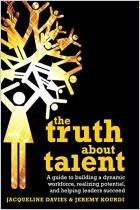

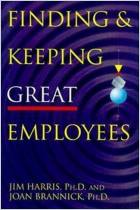
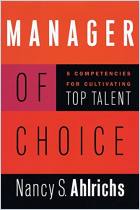
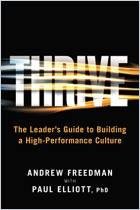
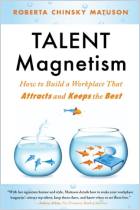


Comment on this summary or 开始讨论